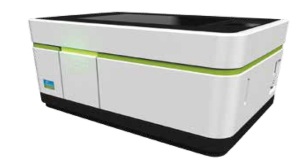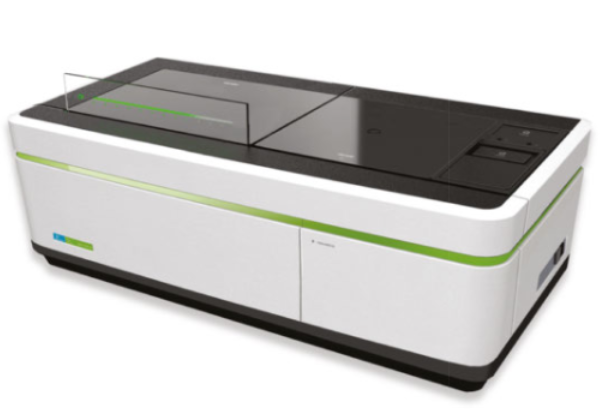ACEL, Inc. is CRO of Cell-based Assays.

TEL. 042-770-9482
〒252-0131 神奈川県相模原市緑区西橋本 5-4-21
さがみはら産業創造センター SIC-1 1201号室(受付)、1210号室
CRO | High Content Imaging
Cell-based Assays
Test Outline
PerkinElmer's (Revvity's) Operetta CLS and
Opera Phenix Plus are used for testing.

Operetta CLS

Opera Phenix Plus
Quantitative data analysis of adherent cells can be
performed.
It differs from ordinary fluorescence microscopes in
its unparalleled image-analyzing capability and ability
to screen multiple samples.
High Content Imaging (HCI) is also known as
High Content Screening (HCS) or
High Content Analysis (HCA).
In many tests, a sample is added to the cells.
The cells are then fluorescently stained,
both with and without the sample added to
the cells.
By analyzing the fluorescent images of the cells,
the effect of the sample on the cells can be
quantitatively and numerically determined.
It can be the morphology of the cell or the
localization of proteins within the cell.
Cells come in many different types.
Cells in each tissue maintain their own unique
properties.
These things allow us to determine how a sample
will affect an organism (mainly humans) at the
cellular level, using a variety of parameters.
Features of Operetta CLS and Opera Phenix Plus
The most important feature of the Operetta CLS
and the Opera Phenix Plus is the excellence of
the image analysis software called Harmony.
It accurately recognizes each individual cell.
It also accurately recognizes intracellular proteins.
Another feature is the ease of use of the image
analysis software.
Typical image analysis applications are installed
in advance.
In addition, image analysis methods specific to
each test can be easily programmed.
These allow cell images to be presented as
scientifically objective and well-founded
numerical values.
By presenting fluorescent images, which at first
glance may seem to be a subjective judgment,
as objective numerical values, it is possible to
obtain scientifically grounded data.
Optical Path

Operetta CLS

Opera Phenix Plus
バナースペース
ACEL, Inc.
SIC-2 2611,5-4-30
Nishihashimoto, Midori-ku,
Sagamihara, Kanagawa, 252-0131 Japan
TEL:+81-42-770-9482
FAX:+81-42-770-9483